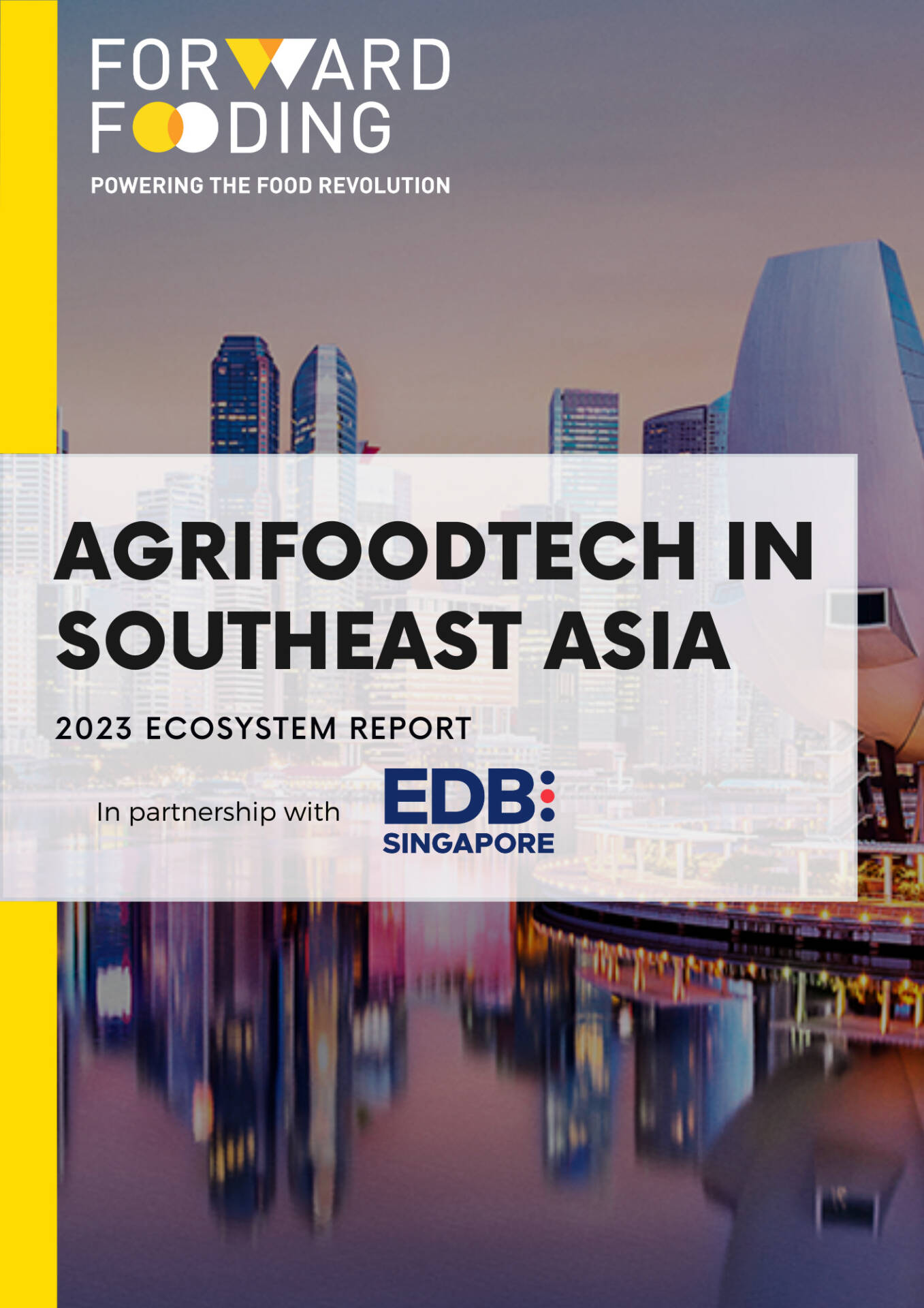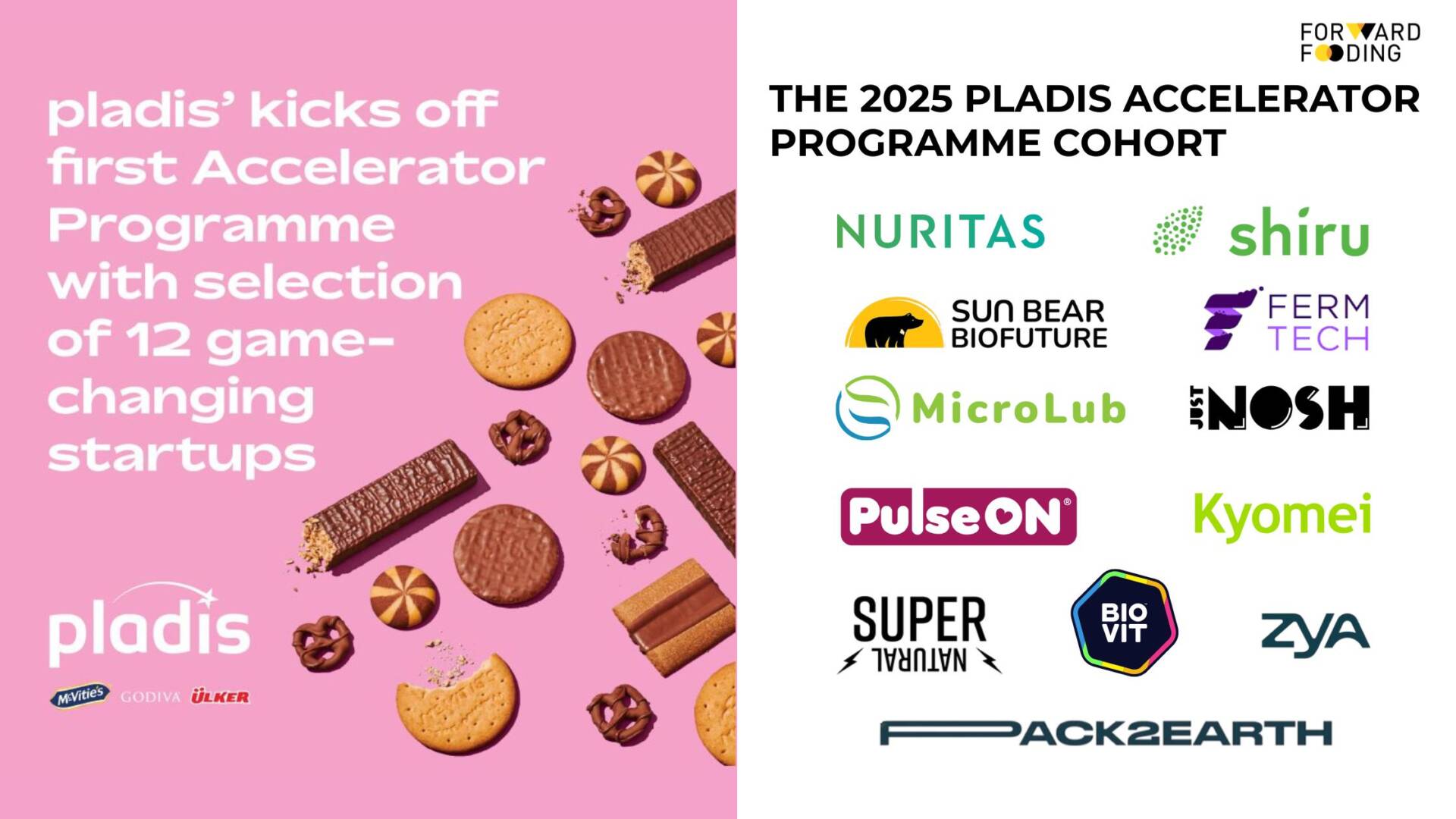FORWARD FOODING
THE BLOG
A Quick Guide to Intellectual Property in the Alternative Protein Industry

The alternative protein industry is buzzing with new ideas, with startups and established companies alike racing to develop the next big thing in plant-based, fermented, or cultivated proteins. Innovation is everywhere – whether it’s a new meat substitute that tastes like the real deal, a unique way to produce protein-rich foods or a novel ingredient that improves texture or flavour. However, battles over intellectual property are costly hurdles, threatening not only financial losses but can lead to shutting down an entire venture.
For an invention in this space to be protected by a patent, it needs to meet specific criteria. Patents don’t just give legal protection—they can also be a powerful tool for attracting investors, securing partnerships, and ensuring that an inventor’s hard work doesn’t get copied by competitors. But navigating the world of patents can be tricky, especially in a fast-evolving industry like alternative proteins.
We asked Dr. Eran Noah, a Patent Attorney to answer some key questions and break down the essentials of what types of innovations can be patented in the alternative protein industry, the key criteria the invention must meet, and why getting a patent application filed early is crucial.
Why does IP Portfolio Quality Matter?
Filing patent applications is only the first step. Next, you have patent prosecution in cooperation with different patent examiners around the world, and then, hopefully, obtaining a patent. But that’s not the end of the road. If your patent is wide enough to bother the competition, you can assume they will try to challenge your patent. They can appeal for its cancellation, or launch their product, wait for you to sue them, and then try to revoke your patent. In other words, obtaining a patent is just the end of the first step, while defending your patent in court is the next.
IP battles are costly and could easily run into millions of dollars, as patent litigation is notoriously expensive, especially in cutting-edge biotech or food technology sectors. Recently, Motif FoodWorks, known for making Hemami heme protein for meat analogues announced that it is shutting down. The company has been involved in a high-profile legal dispute with Impossible Foods for alleged patent infringement. On June 12, 2024, the US Patent Trial and Appeal Board (PTAB) invalidated 23 out of 24 claims in an Impossible Foods patent following the challenge by Motif FoodWorks. Last week, the two parties announced a joint settlement agreement over the patent infringement case, with Impossible Foods acquiring the heme-related business of Motif FoodWorks. But declining sales and investments in the meat analogue market, coupled with the legal battle, significantly hurt its commercial prospects.
For innovators and investors, this reinforces the point that engaging top-tier IP advisors early on can build a strong portfolio and save substantial costs down the line by avoiding litigation or ensuring a stronger position in the event of disputes.
This quick guide is inspired by Dr. Eran Noah’s Whitepaper, “IP in AP”.
What Can Be Patented?
In the alternative protein industry, various types of innovations can be considered patentable. These typically include:
- New Protein Sources (a.k.a. “Novel”):
- New GMO Strains: Development of novel strains of plants, fungi, algae, or microorganisms that produce proteins with specific desirable traits.
- Synthetic Proteins: Creation of entirely synthetic proteins or genetically engineered proteins.
- Protein Production Methods:
- Fermentation Processes (a.k.a. “Upstream” or “USP”): New ways to ferment microorganisms to produce proteins, or related ingredients, such as flavour enhancers or functional additives.
- Extraction and Purification (a.k.a. “Downstream” or “DSP”): Innovative methods to extract and purify proteins from various sources such as plants and algae.
- Product Recipes:
- Novel Ingredients: Development of new ingredients or compositions that improve the texture, stability, or sensory qualities of alternative protein products.
- Blending Techniques: Methods for mixing different proteins to achieve a specific nutritional profile or consumer appeal.
- Product Formulations:
- Food Analogs: Formulations for plant-based or cultured food products that replicate the taste, texture, appearance, and nutritional profile of animal-based foods.
Key Criteria for Patent Protection
To get a patent, inventions need to meet these three criteria:
- Novelty: The invention must be new, meaning it hasn’t been publicly disclosed before.
- Inventive Step (Non-Obviousness): It must not be something obvious to someone skilled in the field.
- Industrial Applicability (Utility): The invention must be practical and capable of being used in industry.
By meeting these criteria, innovations in the alternative protein industry can be protected through patents, providing a competitive edge and encouraging further research and development in the field.
Essential Elements of a Patent Application
When preparing a patent application in the alternative protein (AP) industry, it’s crucial to include several essential elements to ensure the application is robust and effective. Make sure to include:
- Background
- Technical Field: Describes the field of the invention (e.g., alternative proteins, biotechnology, food science).
- Background: Provides context by discussing the state of the art, existing problems, and how the invention addresses these issues.
- Prior Art: Identifies previous inventions or technologies related to the current innovation, highlighting gaps or limitations that the new invention overcomes.
- Detailed Description: Provide thorough details on the invention’s processes, ingredients, or formulations.
- Processes and Compositions: Detailed descriptions of methods for producing alternative proteins, formulations, or techniques.
- Technical Specifications: Any technical data, measurements, or specific conditions required to achieve the invention’s results.
- Examples and Experimental Data: Include data or examples that show that the invention works.
- Proof of Concept: Providing experimental data and/or examples that demonstrate the invention’s efficacy and practical utility. This is especially important in the AP industry, where empirical evidence is often necessary to prove the invention’s functionality.
- Metes and bounds: Providing clear, numerical values to measurable characteristics for both the recipes and the end products, such it is clear where the invention “starts to works” and where the invention “stope to work”.
- Claims: Clearly define what the patent covers.
- Core of the Patent: The claims define the legal boundaries of the patent protection. They must be clear, concise, and precisely written to cover the invention broadly while avoiding prior art.
Why Early Patent Filing Matters?
Filing for a patent application early is crucial because it sets the “priority date”—the date used to judge whether the invention is truly new. An early filing can also strengthen the filer’s position when seeking investment or entering new markets.
There are different strategies for the First Filing Stage, but generally speaking:
- File a Provisional Patent Application
- A provisional application allows for an early filing date without the need to submit a full patent application. This can be strategic in rapidly moving industries, providing 12 months to refine the invention and prepare a more comprehensive filing. The application should include a PoC demonstrating the successful utilization of the invention.
- Consider Future Developments
- Future-Proofing: When drafting the application, consider potential future developments or improvements. This might involve including language that covers potential variations or related technologies that could emerge.
- Engage with Experts Early
-
- Consultation with Experts: Engaging with patent attorneys or experts in the AP field early can provide insights into how to structure the application to maximize protection and navigate potential challenges in patent offices worldwide.
International Patent Protection
After the initial filing, consider whether there is a need to protect the invention in other countries. The inventor can file a Patent Cooperation Treaty (PCT) application, giving more time to decide in which countries to seek protection.
Benefits of International Patents
- Global Protection: Keep competitors from using the invention in key markets.
- Enhanced Licensing and Partnership Opportunities: Make the invention more attractive to partners or investors by securing patents globally.
- Strategic Positioning: Patents can help in entering new markets with less risk.
By carefully managing the process of further filings and international patent protection, companies in the alternative protein industry can secure their innovations in markets relevant to their specific products and services, enabling them to capitalize on opportunities and maintain a competitive edge in a rapidly growing market.
Forward Fooding is the world’s first collaborative platform for the Food & Beverage industry via FoodTech Data Intelligence and Corporate-Startup Collaboration – Learn more about our Consultancy and Scouting Services and our Startup Network.
About Dr. Eran Noah
Dr. Eran Noah is an experienced Patent Attorney and IP Director with over 15 years of specialized expertise in agriculture and food technologies. He has a proven track record in IP strategizing, securing patents, navigating complex IP landscapes, and providing strategic counsel to innovators in the AgriFood sector.
Follow us
Sponsored Articles
9 July 2025
Forward Fooding celebrates the selection of 12 pioneering startups for the inaugural pladis Accelerator Programme. From water lily popcorn to sugar-converting enzymes, these innovations represent the future of snacking, addressing obesity, sustainability, and personalized nutrition through cutting-edge food technology.
21 March 2025
Tim Ingmire, VP of Global Innovation & Technology at pladis, discusses how the snacking giant is supporting early-stage startups in foodtech, health, and sustainability through their accelerator program. Learn about their focus on personalized nutrition, functional foods, and future ingredients to bring innovative, delicious products to consumers worldwide.
8 February 2024
Future Food-Tech returns to San Francisco on March 21-22 Over 1,700 food-tech leaders, from CPG brands, retailers, ingredient providers, [...]
1 February 2023
The 4th edition of FoodTech 500 is taking off and we are excited to partner with NEOM for the third consecutive year to support the best international AgriFoodTech entrepreneurs.
10 February 2022
One of the elements we enjoy the most here at Forward Fooding about working with AgriFoodTech startups is being [...]






